INTERNACIONAL
Ahead of key Supreme Court arguments, here’s which states have passed school choice measures
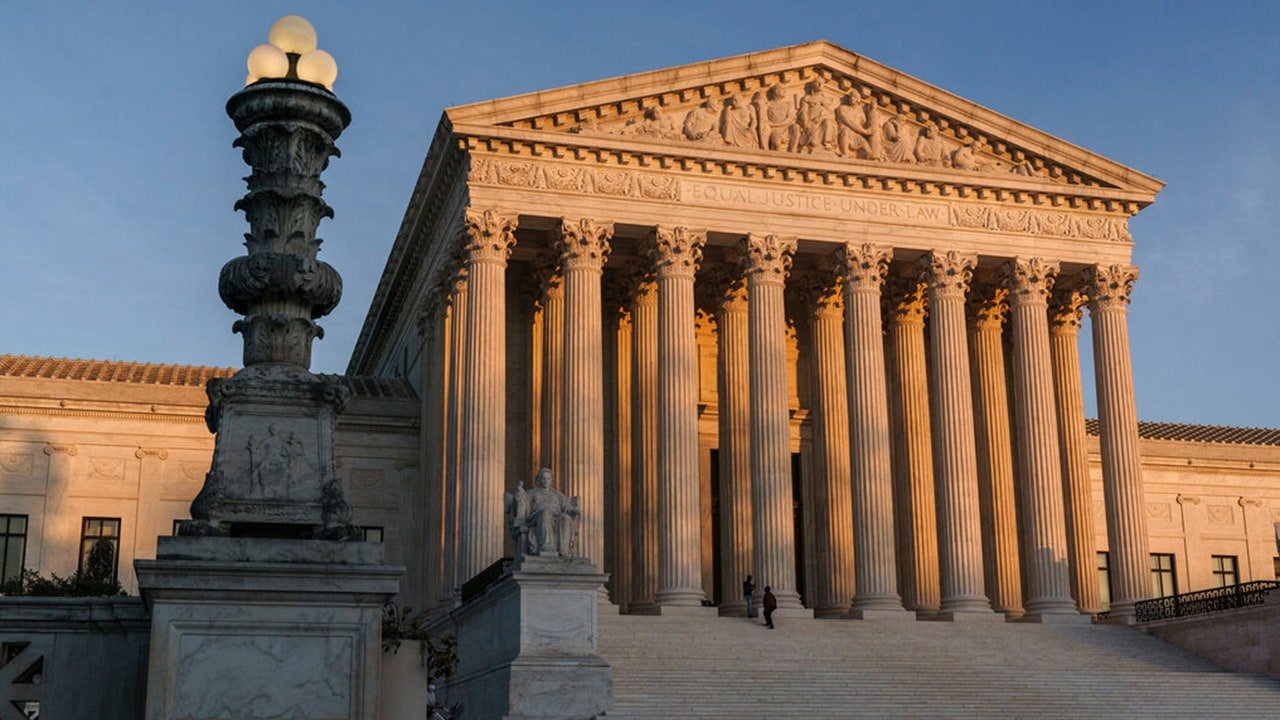
The U.S. Supreme Court will consider the establishment of the nation’s first religious charter school next week, a case that could have key implications for school choice across the country.
A huge majority of states have implemented some form of school choice in recent years, but only a little more than a dozen have adopted programs that make private school choice universally available to K-12 students.
Here is the full list and a timeline of the school choice movement in recent years.
TENNESSEE AG OPTIMISTIC ABOUT SCOTUS CASE AFTER ‘RADICAL GENDER IDEOLOGY’ REVERSAL IN LOWER COURT
A map of US states that offer universal private school choice programs. (Fox News)
Alabama
Alabama passed its CHOOSE Act in 2024, which establishes an education savings account (ESA) that will soon be open to all families in the state.
Arizona
Arizona became the first state to offer universal school choice for all families in 2022, launching an $800 million program that gives parents $7,000 to put toward their children’s tuition.
Arkansas
Arkansas’s S.B. 294 established choice programs open to all students, regardless of income or disability status.
The accounts allow families to spend state money not just on tuition but also on other approved expenses, such as tutoring, online courses and instructional materials.

Tennessee Gov. Bill Lee told Fox News Digital a universal school choice proposal is not intended to neglect the need to support public schools in the state. (Office of the Governor of Tennessee)
Florida
Florida’s H.B. 1, passed in 2023, established choice programs open to all students, regardless of income or disability status.
The accounts allow families to spend state money not just on tuition but also on other approved expenses, such as tutoring, online courses and instructional materials.
Idaho
Idaho launched its first private school choice program through a refundable tax credit. Families can receive up to $5,000 per child for private educational expenses, with $7,500 available for students with disabilities. The program is capped at $50 million annually and prioritizes families earning up to 300% of the federal poverty level (about $96,450 for a family of four).
SUPREME COURT TO DECIDE IF FAMILIES CAN OPT OUT OF READING LGBTQ BOOKS IN THE CLASSROOM
Iowa
Iowa’s H.F. 68, passed in 2023, established choice programs open to all students, regardless of income or disability status.
The accounts allow families to spend state money not just on tuition but also on other approved expenses, such as tutoring, online courses and instructional materials.
Indiana
The Indiana Choice Scholarship Program grants a voucher to qualifying K-12 students that they can put toward private school tuition.
In order to qualify, students must be residents of Indiana and a member of a household that makes an «annual income of not more than 400% of the amount to qualify for the federal free and reduced price lunch program.»

Signs in the grass during a rally celebrating National School Choice Week on Halifax Mall in front of the Legislative Building in Raleigh, North Carolina, on Jan. 24, 2024.
Montana
Montana has two major school choice programs, but only one of them is universally available. The more restricted program is a standard ESA, but students must have special needs or have some other form of disability in order to qualify.
The more expansive program is a statewide tax credit scholarship program that «allows individuals and corporations to claim a 100% tax credit for contributions to approved Student Scholarship Organizations,» according to EdChoice.
The average scholarship value for participating students is $2,190.
North Carolina
North Carolina has a major voucher program that is available to all students across the state, but is limited by a budget cap.
Qualifying students will get an average voucher value of $5,701 to put toward private school tuition costs, transportation, equipment or other costs associated with attending school.
After baseline qualifications are met, vouchers are granted based on household income.
Ohio
Ohio’s school choice program awards $6,166 for grades K–8 and $8,408 for grades 9-12 to qualifying students.
Students must meet one of a series of qualifications in order to receive the award, and parents must submit their income information.
Oklahoma
Like Montana, Oklahoma employs a tax credit system to allow for school choice in the state.
«The Oklahoma Parental Choice Tax Credit provides parents of students in private school with a refundable tax credit ranging from a minimum of $5,000 up to a maximum of $7,500 per child to cover the cost of private school tuition and fees, or it provides parents of students in home school a refundable tax credit of $1,000 to cover the cost of unbundled educational expenses,» according to EdChoice.
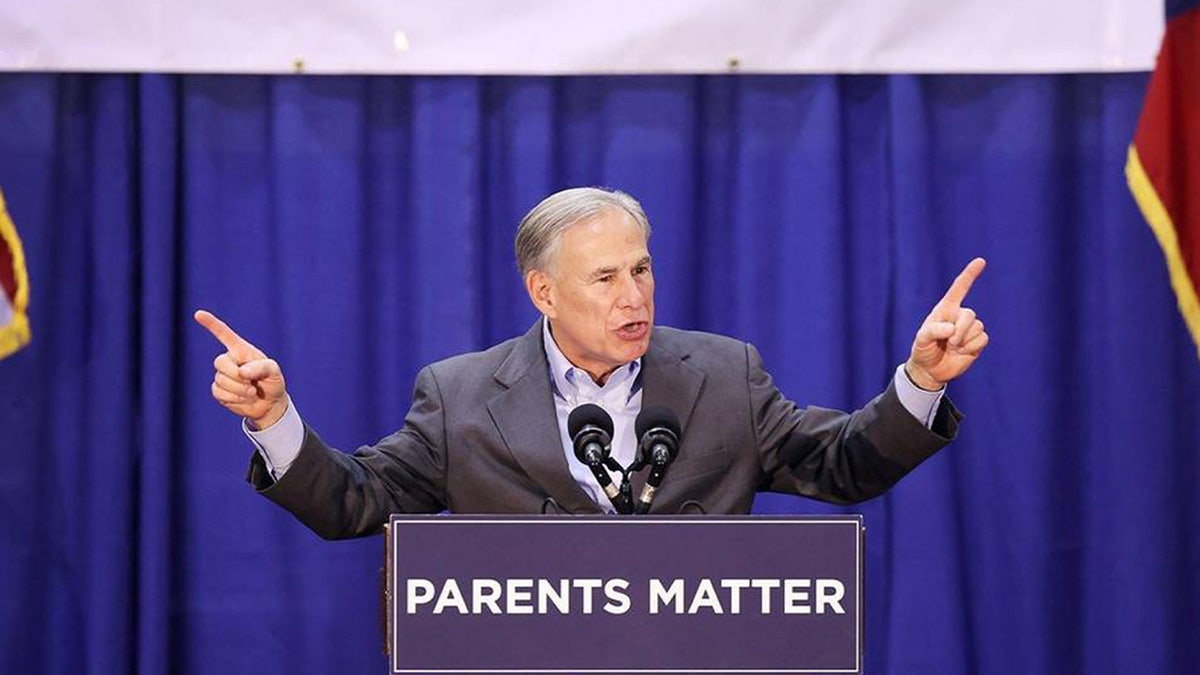
Texas Gov. Greg Abbott speaks to students, parents and staff at Nolan Catholic High School about his school choice plan on April 19, 2023. (Amanda McCoy/Fort Worth Star-Telegram/Tribune News Service via Getty Images)
Tennessee
Tennessee passed the Education Freedom Act of 2025, creating a universal ESA program. Families receive $7,000 per student, which must first be used for tuition but can also cover other educational expenses. The program starts with 20,000 scholarships, with half reserved for students from families earning up to 300% of the free and reduced-price lunch threshold and students with disabilities. If at least 75% of scholarships are awarded, the cap will rise to 25,000 students in 2026.
Utah
Utah’s H.B. 215, passed in 2023, established choice programs open to all students, regardless of income or disability status.
The accounts allow families to spend state money not just on tuition but also on other approved expenses, such as tutoring, online courses and instructional materials.
West Virginia
West Virginia employs an ESA program to allow universal school choice for private schools, and it also has «intra-district and inter-district public school choice via open enrollment,» according to EdChoice.
The ESA program grants an average of $4,299 toward private school tuition costs.
CLICK HERE TO GET THE FOX NEWS APP
Wyoming
Wyoming passed HB 199 in 2025, expanding its ESA program by removing income restrictions and making it fully universal starting in 2025-26. Renamed the Steamboat Legacy Scholarship, the program will provide families with $7,000 and be funded through a $30 million appropriation. Participating students must be assessed on academic progress.
US Education,Supreme Court,Politics
INTERNACIONAL
Con menos tendencia «woke» y «más valores norteamericanos», Estados Unidos busca liderar la industria IA
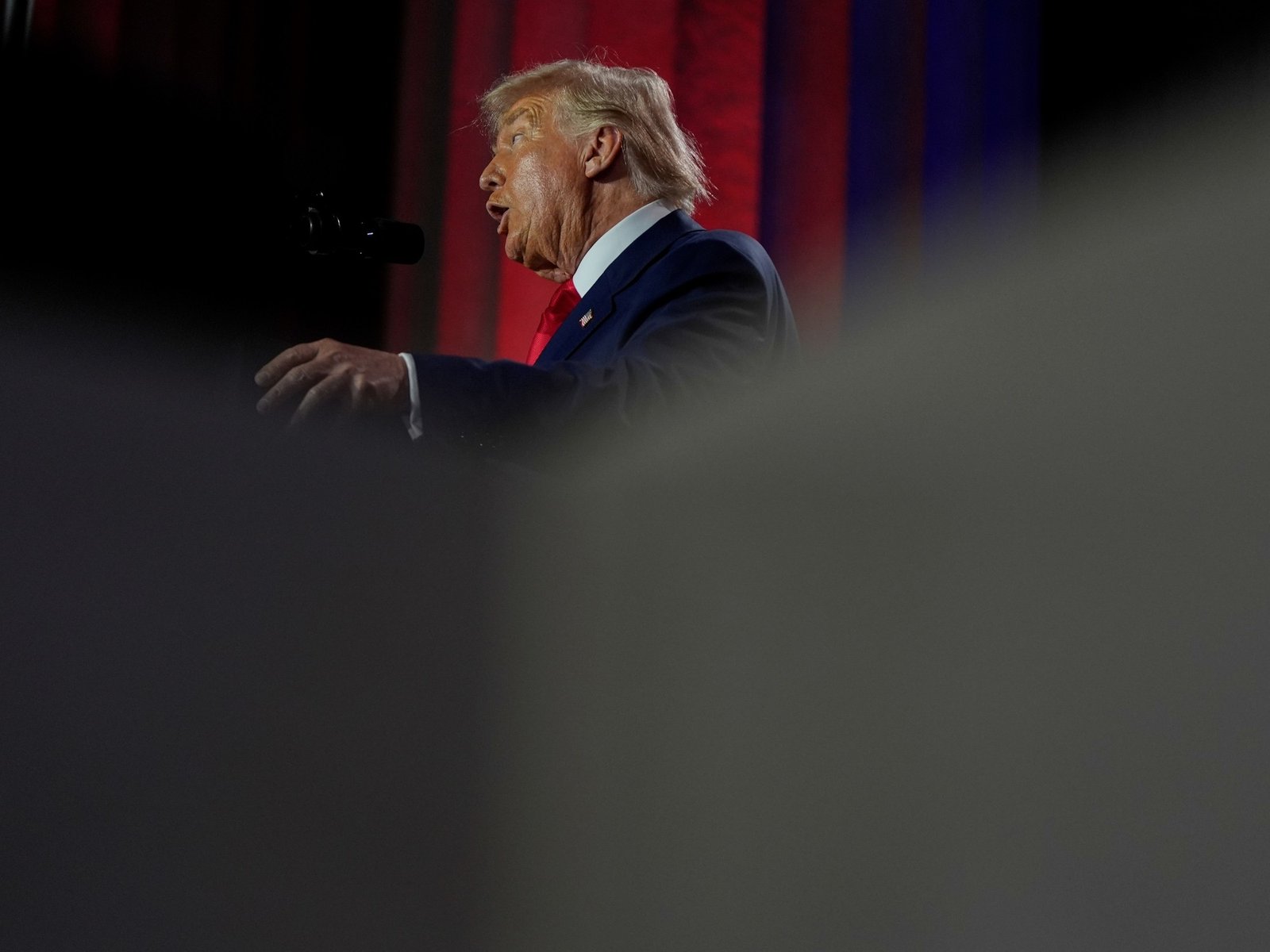
El anuncio de Donald Trump y el plan de acción desde la Casa Blanca
Inteligencia Artificial,Casa Blanca,Donald Trump,Estados Unidos,Últimas Noticias
INTERNACIONAL
Jewish leader predicts violent future for NYC residents if Mamdani wins in November: ‘Real concern’
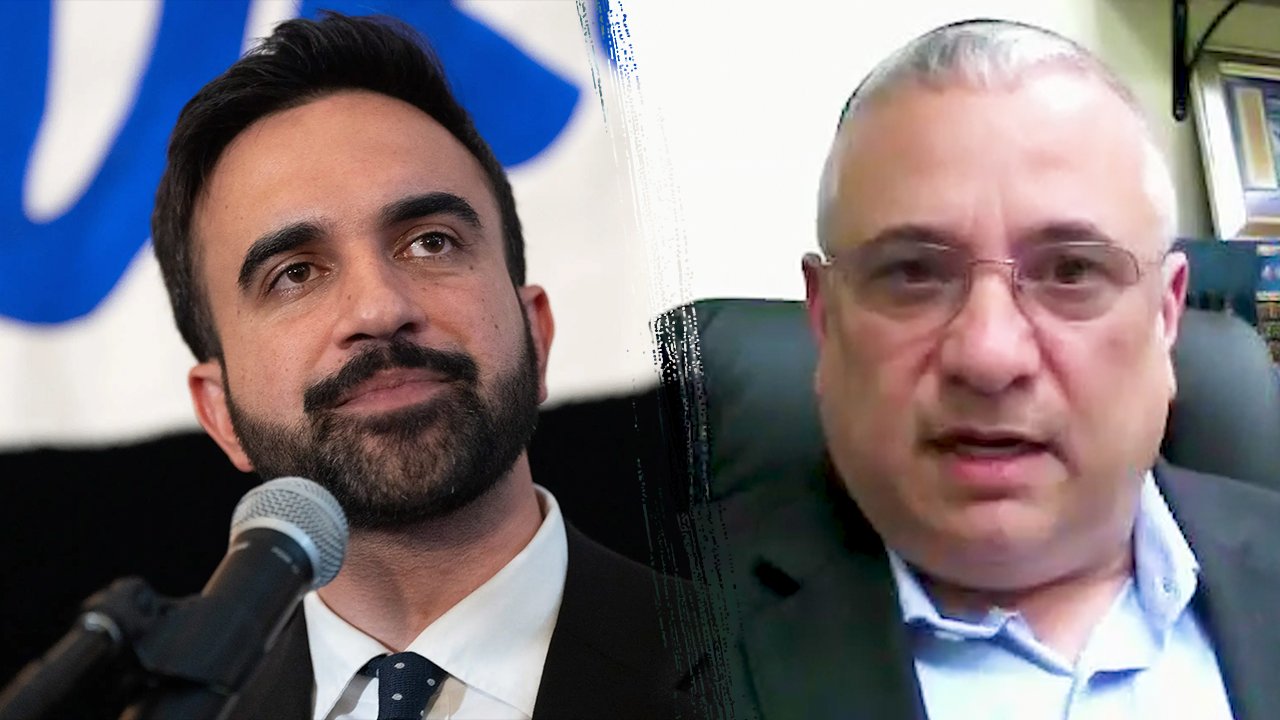
NEWYou can now listen to Fox News articles!
A New York City Jewish leader is speaking out about the possibility of a Zohran Mamdani term as mayor of New York City, telling Fox News Digital he is concerned about the safety of Jewish residents, as well as all New Yorkers.
Scott Feltman, executive vice president of the One Israel Fund, told Fox News Digital that the Jewish community in the country’s largest city is «not against» a Muslim or any person of faith running for office, but what they do oppose is candidates that «align themselves with nefarious actors» like Hamas or Hezbollah.
«He was just recorded at a local mosque where the Imam of that mosque has basically called for the death of IDF soldiers and praised the efforts of Hamas,» Feltman said. «So that’s what we’re opposed to, and it’s a very, very real serious concern.»
Feltman pointed to the rise of antisemitic attacks in recent years, particularly in New York City, which he says has «created a certain trepidation in the Jewish community and having this particular candidate now making such inroads» is a «real concern.»
UNEARTHED MAMDANI CLIP REVEALS HOW HIS UPBRINGING MADE HIM OPEN TO BEING CALLED ‘RADICAL,’ SOCIALIST
Fox News Digital spoke to One Israel Fund EVP about the rise of Zohran Mamdani in NYC. (Getty; Fox News Digital)
Two Israeli embassy staffers were killed in Washington, D.C., earlier this year by a man shouting «free Palestine» around the same time that an Egyptian man targeted a pro-Israel demonstration, killing one person and injuring several others, in Boulder, Colorado.
«I know that every single day I fear for my own staff knowing that our organization has been called out by this candidate, and we have no idea, you know, who’s following him and what their interests and what their actions may be. So it is a real serious concern.»
Mamdani, along with actress Cynthia Nixon, called out the One Israel Fund earlier this month in a post Feltman responded to with an article in American Thinker.
«When you go out and you align yourselves with terminology like globalize the intifada, which is basically a euphemism for kill Jews all over the world, that’s what it is, the intifada was basically a movement in Israel 25 years ago to destroy the state of Israel and didn’t discriminate against civilian or military personnel,» Feltman told Fox News Digital.
NYC COUNCILWOMAN WARNS MAMDANI VICTORY WILL DRIVE AWAY KEY VOTING BLOC: ‘AFRAID TO LIVE HERE’
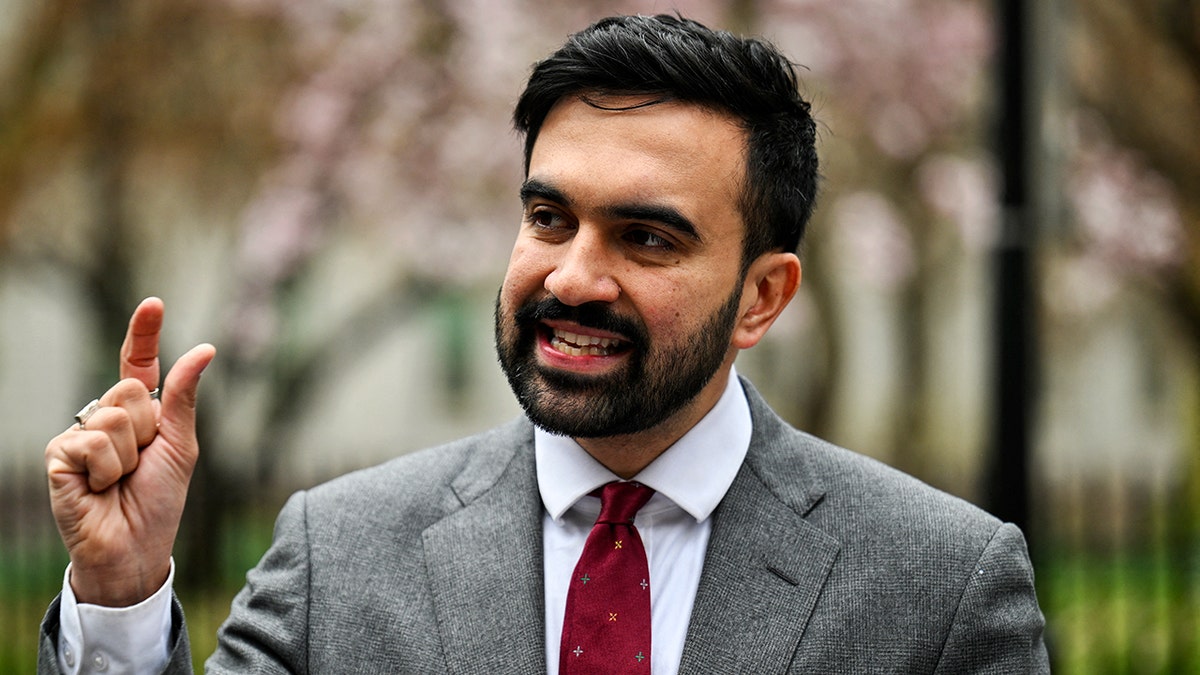
Zohran Mamdani campaigns in New York City on April 16, 2025. (Angela Weiss/AFP via Getty Images)
«And when you want to globalize that, the messaging is very clear to the people who are listening and following and that has put many people in the Jewish community, if not all of us, on notice and has created the feeling of genuine concern. I’m concerned for New York City in general. It’s not just the Jewish community. His platform of defunding the police and basically offering all kinds of free things to people, which I don’t think he can even accomplish, even though he keeps doubling down on the rhetoric, but just defunding the police puts everyone here in jeopardy.»
Mamdani has been widely criticized for his initial failure to condemn the phrase «globalize the intifada», which many Jewish people view as a call for violence. Mamdani eventually walked back his initial reluctance by saying he discourages people from using the phrase and told business leaders he would not use it.
CLICK HERE TO GET THE FOX NEWS APP
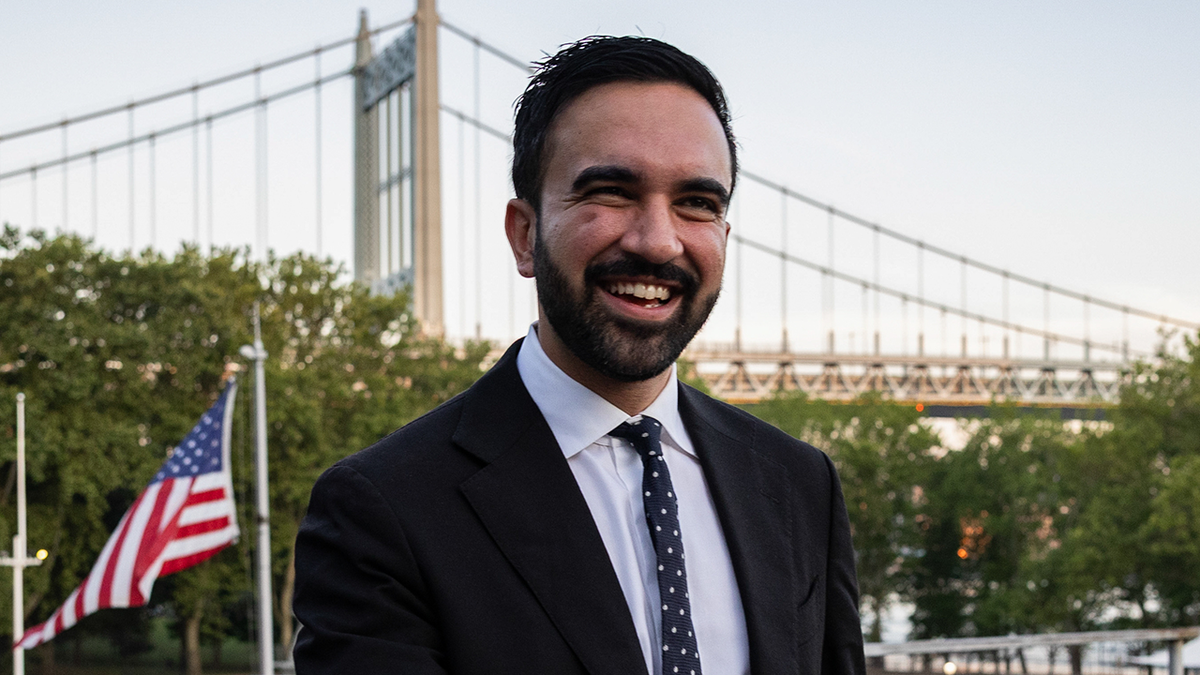
Zohran Mamdani arrives for a news conference at Astoria Park in the Queens borough of New York, on June 24, 2025. (Christian Monterrosa/Bloomberg via Getty Images)
Feltman referred to Mamdani as a «social media darling» and complimented the way he has been able to mobilize voters but said, ultimately, while discussing his rise, that the education system has done a «tremendous injustice to our children, especially on the university level where we see antisemitism exploding exponentially.»
Fox News Digital reached out to Mamdani’s campaign for comment.
INTERNACIONAL
UN court rules wealthy nations pay up for climate change damages in controversial global ruling
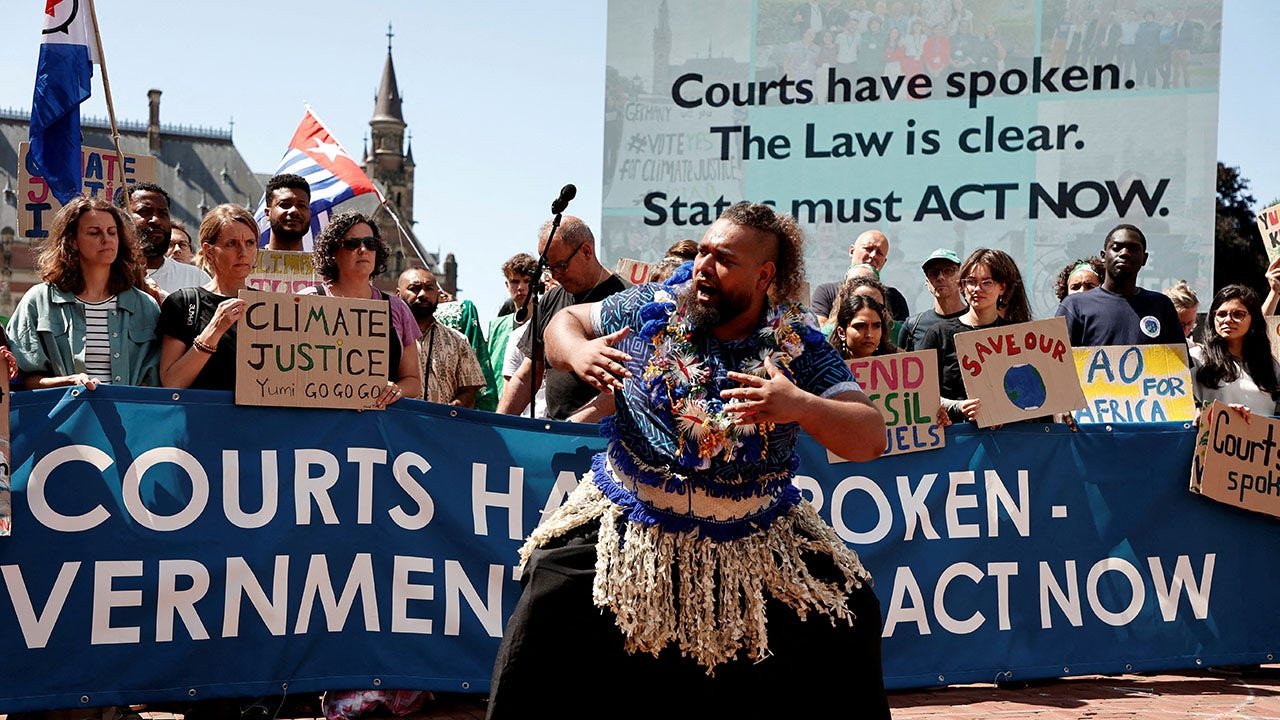
NEWYou can now listen to Fox News articles!
The United Nations’ highest court on Wednesday ruled that wealthy countries must comply with their commitments to curb fossil fuels and pollution or risk being held financially liable by nations hit the hardest by climate change.
The 15-member U.N. International Court of Justice said that treaties compel rich nations to curb global warming and that the countries were also responsible for the actions of companies under their jurisdiction or control, Reuters reported.
«States must cooperate to achieve concrete emission reduction targets,» Judge Yuji Iwasawa said at The Hague. «Greenhouse gas emissions are unequivocally caused by human activities which are not territorially limited.»
TRUMP CELEBRATES SUPREME COURT LIMITS ON ‘COLOSSAL ABUSE OF POWER’ BY FEDERAL JUDGES
Climate activists and campaigners demonstrate outside the International Court of Justice (ICJ) ahead of Wednesday’s opinion that will likely determine the course of future climate change at The Hague, Netherlands, July 23, 2025. (REUTERS/Marta Fiorin)
Failure to do so could result in «full reparations to injured states in the form of restitution, compensation and satisfaction provided that the general conditions of the law of state responsibility are met,» the report states.
In response to the ruling, White House spokeswoman Taylor Rogers told Fox News Digital that «as always, President Trump and the entire Administration is committed to putting America first and prioritizing the interests of everyday Americans.»
U.N. Secretary-General Antonio Guterres said the court opinion affirms that Paris climate agreement goals need to be the basis of all climate policies.
SCOTUS RULES ON TRUMP’S BIRTHRIGHT CITIZENSHIP ORDER, TESTING LOWER COURT POWERS
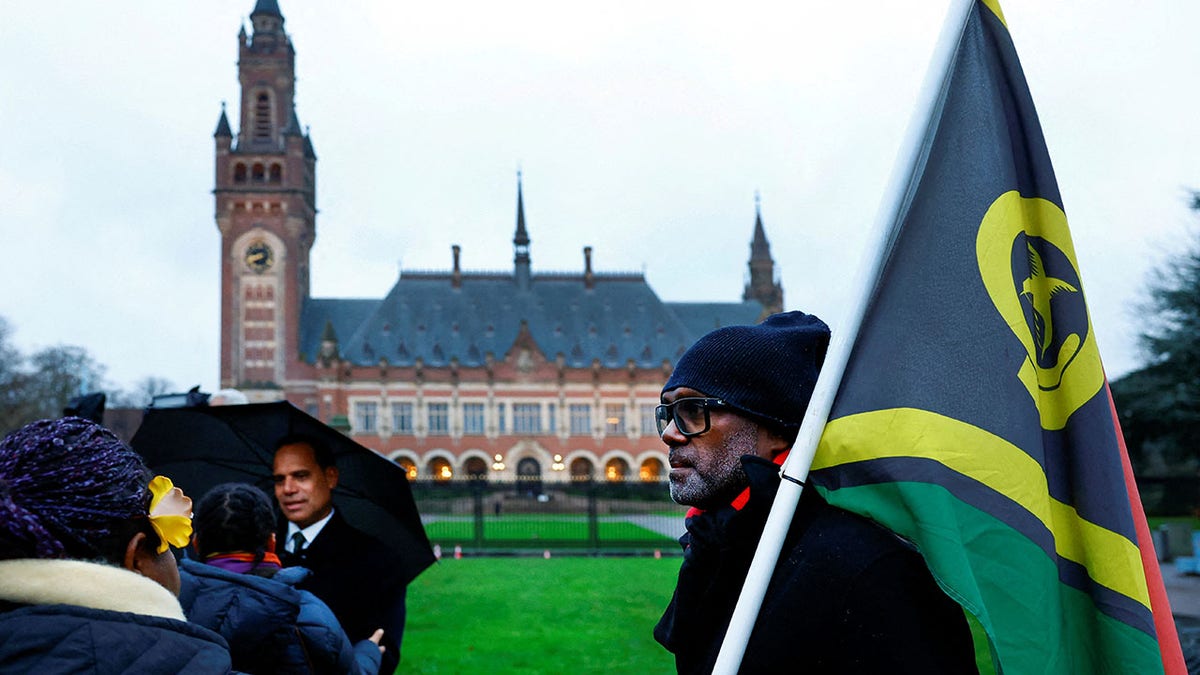
Tuvalu delegation arrives for the United Nations’ top court International Court of Justice (ICJ)’s public hearings in an advisory opinion case, that may become a reference point in defining countries’ legal obligations to fight climate change, in The Hague, Netherlands, December 2 2024. (REUTERS/Piroschka van de Wouw/File Photo)
«This is a victory for our planet, for climate justice, and for the power of young people to make a difference,» he said. «The world must respond.»
Wednesday’s ruling was hailed by a number of small nation states.
«I didn’t expect it to be this good,» said Ralph Regenvanu, the climate minister for the Pacific island nation of Vanuatu.
CLICK HERE TO GET THE FOX NEWS APP
Many developing nations and small island states have said they are at great risk from rising sea levels. Some have sought clarification from the court after the 2015 Paris Agreement failure to curb the growth of global greenhouse gas emissions.

 POLITICA2 días ago
POLITICA2 días ago🗳️ El chamuyo de las elecciones en la Provincia: se postulan, pero no a asumen

 POLITICA2 días ago
POLITICA2 días agoFuerte malestar en la CGT por la ausencia de gremialistas en las listas bonaerenses del peronismo

 CHIMENTOS1 día ago
CHIMENTOS1 día agoEl desgarrador testimonio del hermano de Locomotora Oliveras: “El daño es irreversible, solo puede vivir con respirador”



































